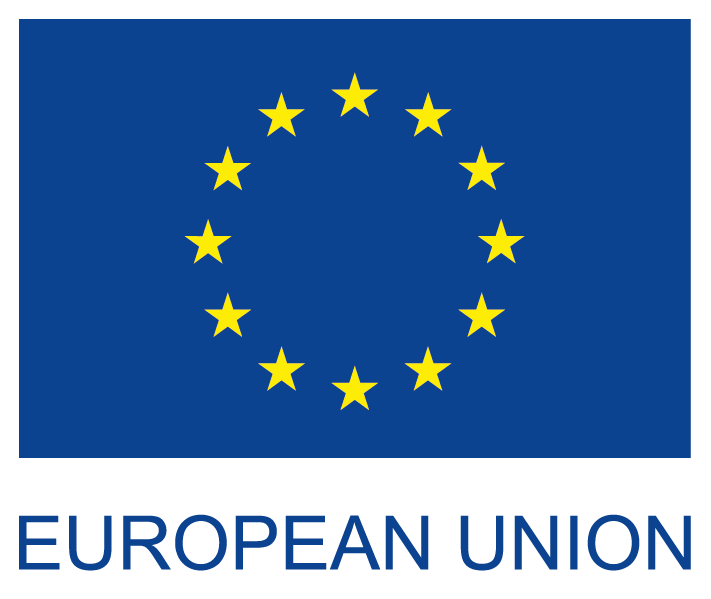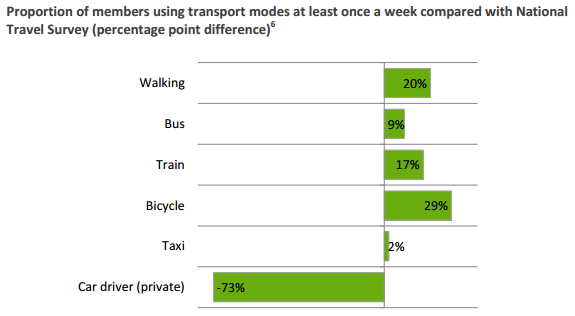Car-Sharing and Public Transport – The Perfect Marriage!
By Jeffrey Matthijs, Autodelen.net, BE
Caroline Cerfontaine from UITP put it nicely at latest WOCOMOCO conference in Warsaw: she stated that, “High quality public transport is the only alternative able to fulfil the lion’s share of trips while using a minimum of space. Without public transport, other sustainable and innovative mobility services cannot offer an affordable alternative to car”. Sometimes people need a car, a bike or a van, however. In that situation, a tram or bus will not do the job. The shared mobility revolution makes it easy and profitable not to own individual transport modes.
Shared mobility and public transport
You do not have to be genius to see the potentials of combined shared mobility. Cities such as Paris and Zurich have an excellent public transport and, among others, are some of the top of car sharing cities. The latest annual survey of the UK umbrella car-sharing organization, Carplus, confirmed once again that, “Car club members make more use of public transport and less use of private cars than the average car owner” (see graph below). This means public transport also benefits from the presence of car clubs.
Start promoting public transport and shared mobility: everybody benefits!
For those who are still in doubt, the SHARE-North consortium will be spreading the message again and again during the North Sea Region Interreg project. Car-sharing and shared mobility in general are not a competitor of public transport, on the contrary, it’s the perfect marriage! The Flemish public transport company “De Lijn” understood this message perfectly and is currently experimenting with combined mobility. More over the company is promoting alternative sustainable and shared mobility services as a perfect combination with public transport, leading to benefits for everybody, including itself.
De Groene mobizone (the green mobility zone)
Together with umbrella organisation, Autodelen.net (Carshare Belgium), De Lijn negotiated incentives concerning use and membership with car-sharing and bike-sharing providers. Users of the public transport company get reductions as well as free ride time. The main goal of this strategy is to convince people that they do not need a privately-owned car when they can just use their preferred and easy-to-use transport mode.
After that, being set up an online campaign starts. Potential users get triggered only via banners and hundreds of advertisements on social media. Simplicity is the key word in this intelligent promotion campaign. A simple website has been created (http://groenemobizone.be/gent ) where you can see, as a potential user, all public transport and shared mode options in your neighbourhood. With one simple click users see the incentive they get as a public transport user. Two clicks further they receive a voucher to try a shared car or a shared bike.
The online communication campaign has two major advantages. It’s being set up on a local scale in just one city at the time and it runs just a short period (one month). This gives a sense of urgency, exclusivity and the advantage to the potential users of seeing immediately the right solution in their own neighbourhood for their transport need.
The campaign proves to be a huge trigger. How can we know? The fact that the campaign runs just one month at the time makes it very dynamic and easy to adapt. Using the opportunities of an online campaign also makes it very measurable which benefits evaluations. Former campaigns in other cities calculated a success rate of 42% (!), an online campaign is considered successful with a 4% response rate. So almost half of the people who are clicking on the advertisement are convinced, leave their contacts and (half of the 42%) use one or more incentives. Moreover, 66% said they have become more rational in terms of choosing a transport mode. Also, the sharing companies had first users thanks to the campaign (10%). So what are you waiting for? It’s time to start experimenting with public transport and shared mobility in other European countries too!

 Share North
Share North

